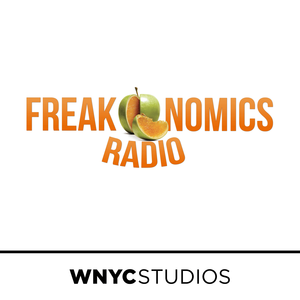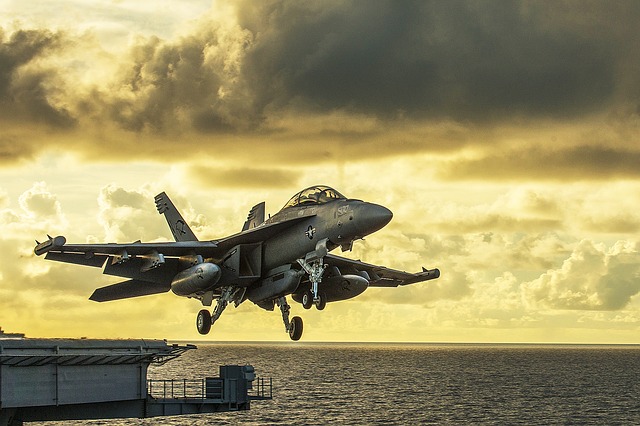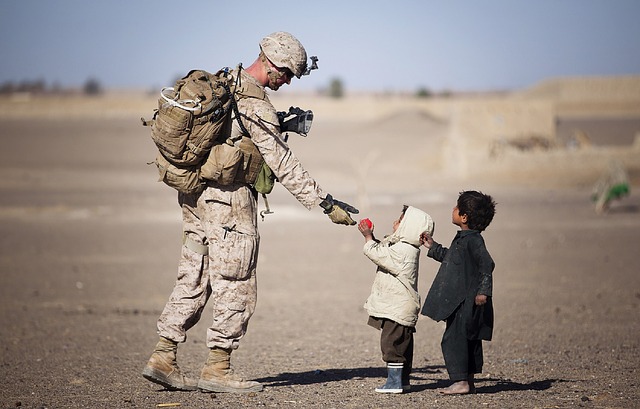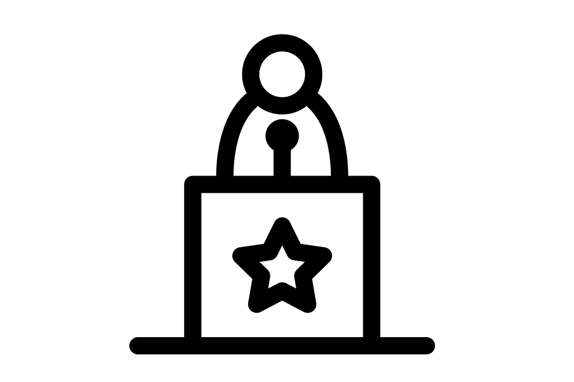Is the Case Method right for me?
/Business schools can be separated academically into two separate categories: majority case-method programs and non-case-method programs. In the former category are schools like Darden, INSEAD, Berkeley Haas, UNC Kenan-Flagler and, of course, Harvard Business School, which pioneered the case method of MBA instruction by borrowing the Socratic dialogues used to teach at Harvard Law School. Schools that are non-majority-case-method incorporate more traditional lectures, team-based projects, and experiential learning, in addition to case-method classes. The average MBA program teaches 30% of its classes in the case method.
Case method courses are very different than traditional lecture-based classes. To prepare for a case method class, students are given a bound document (a “case”) presenting a roughly 10-page overview of a business problem faced by a team, firm, or industry followed by a series of quantitative and qualitative exhibits that an MBA might need to analyze the problem and find a solution. The goal of the case is to simulate as accurately as possible what it would feel like for the student to experience the business problem themselves, by placing the student in the role of the “case protagonist” from whose vantage point the story is told. The day of the class discussion, students normally meet with discussion groups to go over the study questions and try to anticipate where they believe the case conversation will go.
The actual class is a real pressure-cooker. The professor usually leads off by “cold-calling” (i.e. involuntarily selecting without prior warning) one student, often one specifically chosen for their relevant prior professional experience, and grilling them on what they would do in that situation. Other students are brought in to reveal different facts, challenge different perspectives, offer analysis, and argue out the correct course of action. Students need to be ready at a moment’s notice to agree or disagree with the other voices, forcing everyone sit on their edge of their seats, paying close attention.
Sometimes professors will reveal incremental data on what intermediate steps the actual case protagonist took and what results they achieved. The professor will then ask individuals whether this new information changes their perspectives and how.
Very often the case protagonist him or herself will sit in on the class (they find the conversations useful too!) and use the last part of the session to describe what happened, respond to individual students, and take questions. The result is a thrilling class experience where students develop intuition for handling emerging business problems, practice communicating their ideas articulately, and get comfortable leading through uncertainty.
The question is, is a case method program right for you?
Test Yourself
Below I’ve posed a dozen statements. If you disagree with the statement, give yourself 1 point, if you’re neutral 2 points, and if you agree 3 points. At the end, tally your score.
- I want to develop my public speaking skills
- I think reasonably quickly on my feet
- I want to be a general manager or CEO one day
- I am confident that I can teach myself finance out of a text book
- I have a “big personality”
- I prefer short stories to long technical readings
- I came to business school to learn
- I want to really get to know my peers
- I think diverse perspectives lead to better answers
- I not that excited to hear about faculty research
- The best way to learn something is to do it
- I want my peers to take class seriously
12-18 Points: Avoid the case method. Apply to schools that are majority lecture based like Carnegie Mellon Tepper, USC Marshall, UCLA Anderson, Vanderbilt Owen, Michigan Ross, and Oxford Said.
19-23 Points: Choose a program with a mix of teaching styles, including team and experiential-based learning. Examples for this category include Northwestern Kellogg, MIT Sloan, Duke Fuqua, Georgia Tech, SMU Cox, NYU Stern, and Georgetown McDonough. If you're still curious about case method classes, you consider trying out HBX CORe, which does a decent job at simulating the section experience.
24-30 Points: Apply to programs with a moderate mix (but not a majority) of case-method classes. Examples include Dartmouth Tuck, Stanford GSB, Columbia Business School, UPenn Wharton, and Yale SOM. If you're worried about case-method classes, you can dip your toe into subjects like leadership, ethics, and marketing, where the case method is easier to grasp, while sticking to traditional methods for learning finance and accounting.
30+ Points: Definitely apply to majority-case-method program. These include schools like HBS, UVA Darden, INSEAD, Berkeley Haas, IESE, University of Western Ontario Ivey, and UNC Kenan-Flagler. Here is where you will really thrive.



























